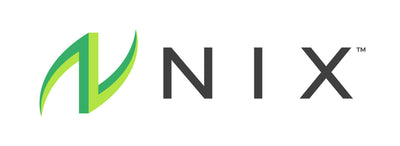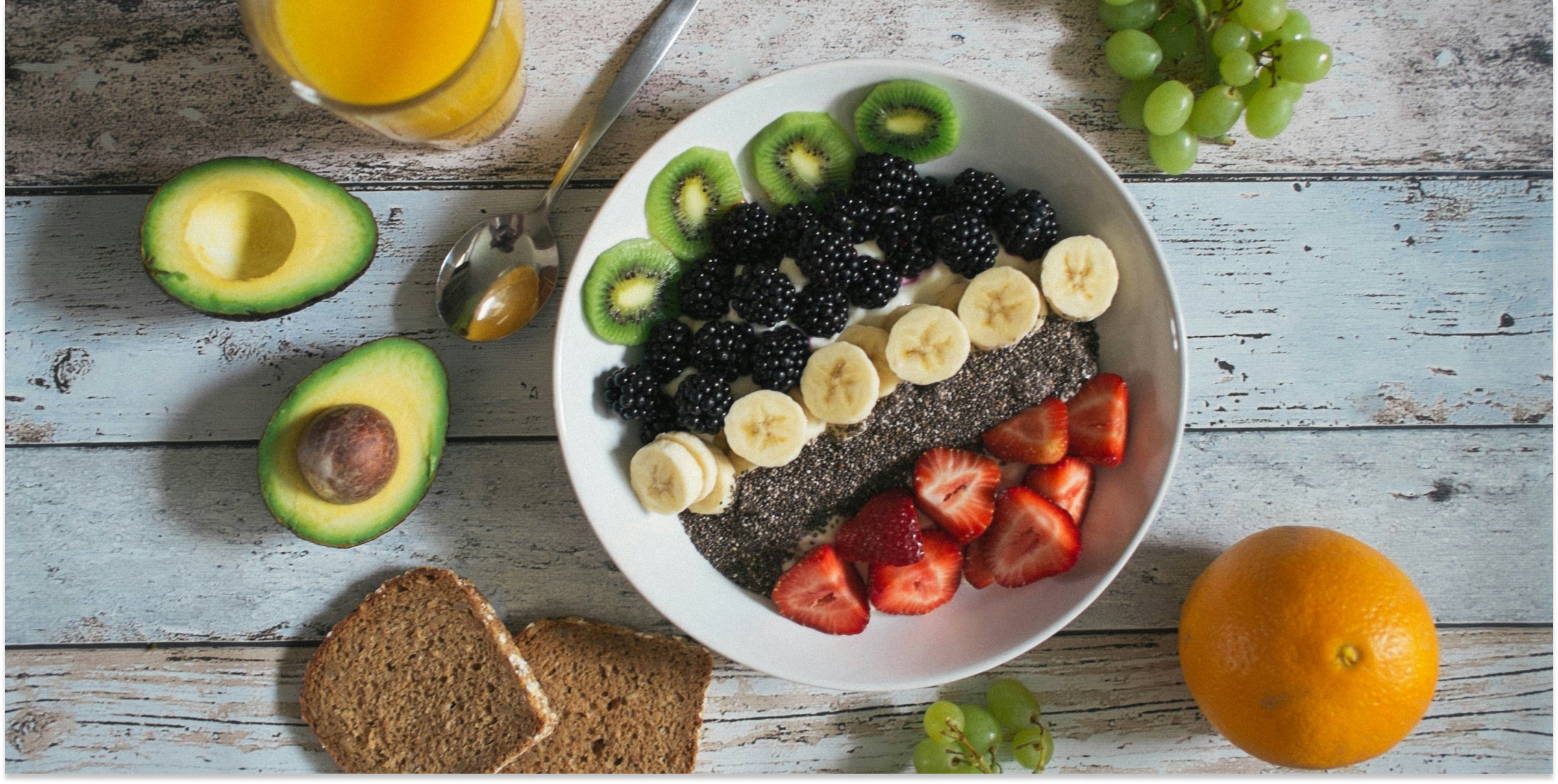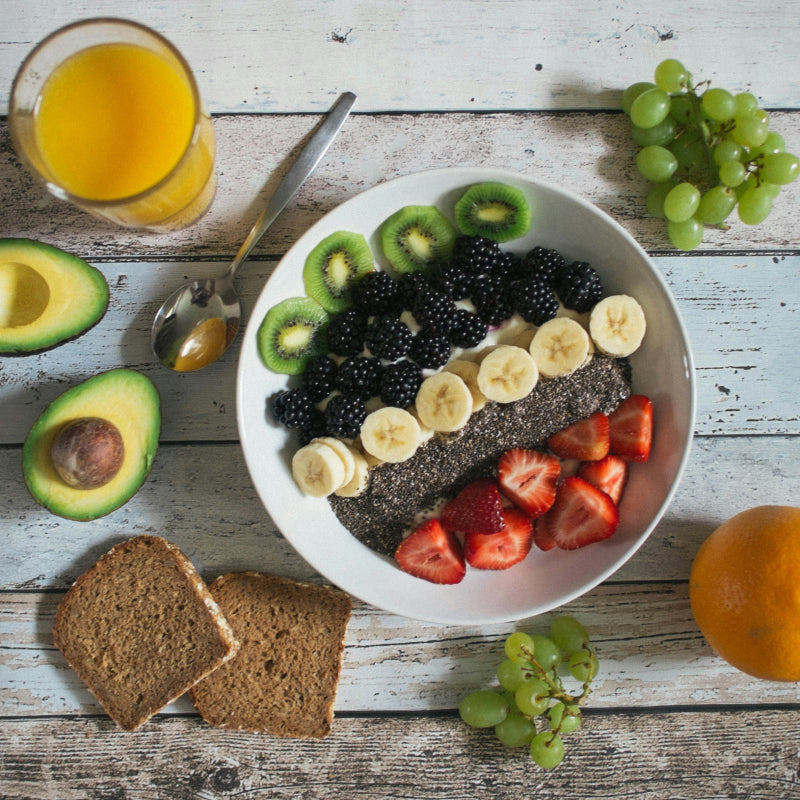written by Olivia Crozier
When you sweat during a workout, you’re not just losing water—you’re also losing electrolytes, the essential minerals that keep your muscles, nerves, and overall hydration in balance. Many people immediately default to sports drinks when it comes to replacing electrolytes, but you can also get them naturally from food. In fact, some of the best electrolyte sources are everyday whole foods that provide long-lasting hydration and nutrition.
This article will cover:
- Which foods have the highest electrolytes
- The healthiest natural foods to replenish electrolytes
- How electrolytes in food compare to sports drinks
- How to track electrolyte content in food
Which Foods Have the Most Electrolytes?
Looking for foods high in electrolytes as an alternative to sports drinks? These nutrient-packed foods can help to restore balance in the body after a workout:
- Bananas are a classic post-workout snack and are rich in potassium, which helps prevent muscle cramps.
- Avocados are loaded with potassium and magnesium, both vital for muscle recovery.
- Leafy greens such as spinach, kale, and Swiss chard provide calcium and magnesium, crucial for hydration and nerve signaling.
- Nuts and seeds like almonds, cashews, and pumpkin seeds are among the best food sources of magnesium.
- Dairy products including yogurt, milk, and cheese are great sources of both calcium and sodium.
- Coconut water, although not technically a food, is a more natural choice as opposed to an electrolyte drink containing both potassium and sodium.
- Citrus fruits like oranges and lemons are considered hydrating fruits with potassium and vitamin C for tissue repair.
Healthiest Foods for Replenishing Electrolytes
While sports drinks are many times favored over foods due to the fact that fluids can be replaced at the same time as electrolytes, natural foods with electrolytes deliver more than just minerals. They also provide fiber, antioxidants, and vitamins to support full-body recovery.
Some of the best foods and combinations to replenish electrolytes include:
- Oranges and bananas for quick potassium and hydration.
- Greek yogurt with nuts for calcium, magnesium, and protein.
- Avocado toast with leafy greens for a nutrient-dense recovery meal.
Whole foods replenish electrolytes more gradually than electrolyte beverages, which helps to provide steady hydration over time instead of a quick spike.
Do Electrolytes in Food Work the Same as in Drinks?
Yes—your body ultimately uses electrolytes from both food and drinks in the same way. The main difference being absorption speed:
- Electrolytes in sports drinks are already dissolved in liquid, so they are absorbed faster.
- Electrolytes in food take longer to digest but provide a steady release over time.
Both methods work, but food often gives you a more complete recovery package.
Are Electrolytes Absorbed Differently From Foods vs Drinks?
Electrolytes are absorbed in the small intestine whether they come from electrolyte-rich foods or beverages. Drinks often contain sugar and sodium to speed absorption, which is why they’re often favored for endurance athletes. Foods, on the other hand, provide electrolytes with fiber and other micronutrients that support gut health and energy balance but take longer for the body to absorb.
Can You Calculate the Electrolyte Content in Food?
You can calculate electrolyte content in food, but it’s less straightforward than with sports drinks. Drinks often label exact milligrams of sodium, potassium, or magnesium while foods vary greatly by portion size.
Using a nutrition facts label or a food tracking app can help estimate your electrolyte intake specifically from foods.
The Bottom Line: Best Way to Replenish Electrolytes
Electrolytes are key for hydration, muscle function, and recovery. While sports drinks are useful for long, high-intensity workouts, most people can restore electrolytes naturally through food as an alternative. Eating potassium-rich fruits, magnesium-packed nuts, calcium-rich dairy, and sodium-containing foods alongside plenty of water that's been lost through exercise is usually the healthiest way to keep your body in balance.





